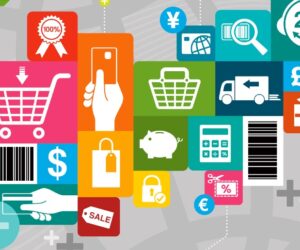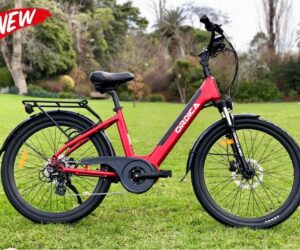The famous business saying goes, “Customer is king.” Hence, it becomes imperative always to keep the customer satisfied. Consumers of the modern economy have grown to derive the most value of their money. From comparing prices online to turning to the thrift discount codes, they grow fiercely loyal to the retailers that give them the most bang for their buck.
This makes price optimization strategies incredibly important to a healthy and growing bottom line. It uses strategic, market-oriented mathematical analysis by a company to predict how customers might respond to varied prices for its products and services through various channels available. Price optimization retail industry involves employing demand modelling and ‘what-if’ analysis to roughly estimate the impact of pricing on sales and performance against predetermined standards.
Price optimization has rapidly evolved with the advent of retail CRMs and pricing analytics software platforms. These platforms and the customized insights and data they provide empower retailers to make data-driven decisions and implement changes at an operational level. This makes retail price optimization a crucial aspect of business development.
Benefits of Price optimization
1. Financial Returns
It provides opportunities to attract attention to various goals such as the margin of sales, Return Of Investment, and the number of conversions. In turn, this can make financial benefits visible to any stakeholder or investor of a retail business and accelerate its growth and expansion.
2. Forecast Customer Behavior
Predictive pricing allows you to track market trends, adjust individual pricing, and make data-driven pricing decisions. Automatically. Using the power of personalized and advanced marketing algorithms and the trove of data you already possess; you can successfully forecast the impact specific price changes and price points will have.
Always use the advice of the algorithm with your business intelligence. These analytics systems allow you to get granular data and use your insight to target customer demographics.
3. Automated operations
Manual price tracking, forecasting, and adjusting are time-consuming and unnecessarily costly.
The ability to automate pricing further extends a retailer’s capacity by optimizing their pricing for more products and gaining a competitive profit margin. Automating your pricing strategy aids to:
· Avoid common artificial errors that impact sales/revenue
· React to market trends in real-time, maximizing potential sales/profits
4. First Mover Advantage
Price optimization software for retail will accustom you to react to market changes and evolving trends faster than your competitors and help you gain a first-mover advantage. Having a strategy charted – and a program that enables you to execute it – will put you a step ahead in analysing your customers’ purchasing trends and what they’re willing to pay.
Some brick-and-mortar stores are very successful with electronic shelf labels and signage that can be readily updated in real-time based on steady data input. However, manually updating prices and signage has been both costly and a waste of human resources in the past. Modern Point Of Sales (POS) systems and mobile apps allow store staff to make immediate yet impactful changes to the store’s pricing structure.
Conclusion
Fast and accurate pricing decisions keep you up to date on market trends and par with competitor pricing. As a result, they are no longer being undercut by tricky price changes.

